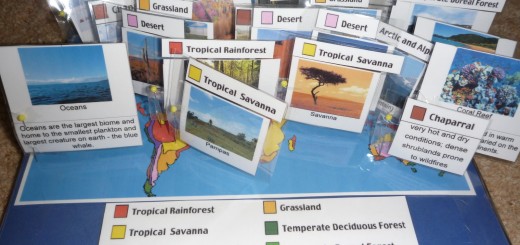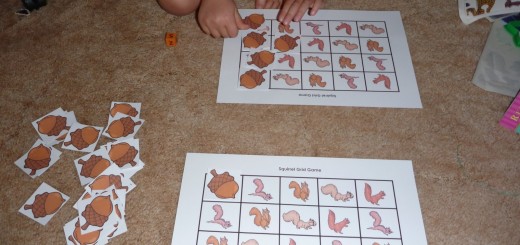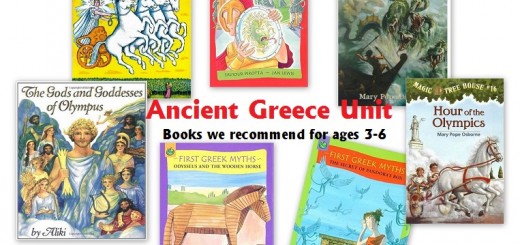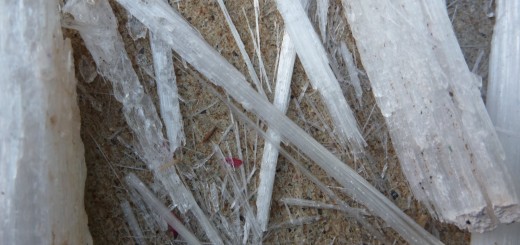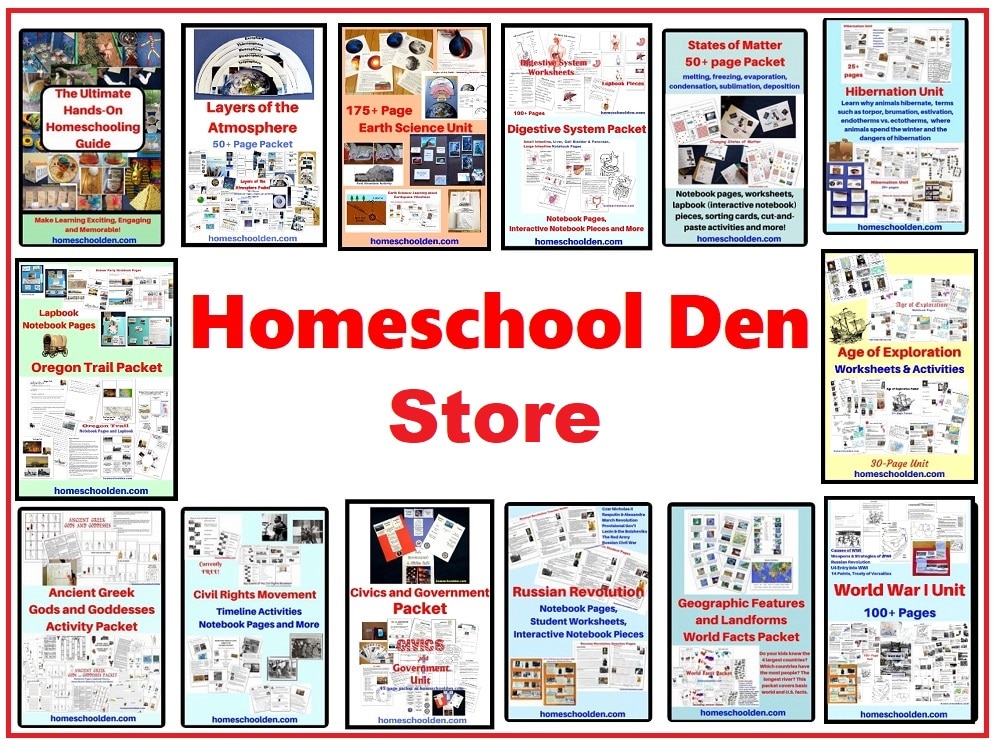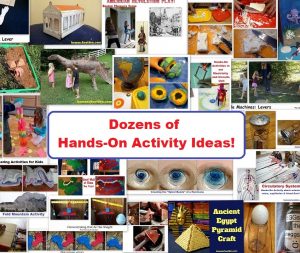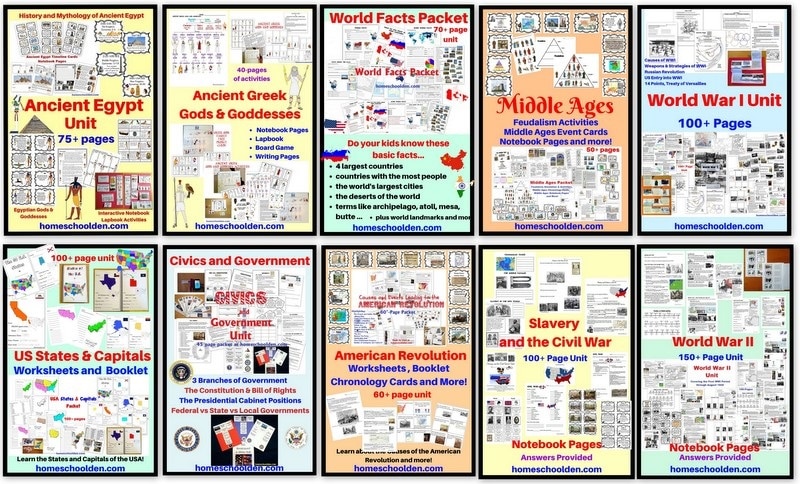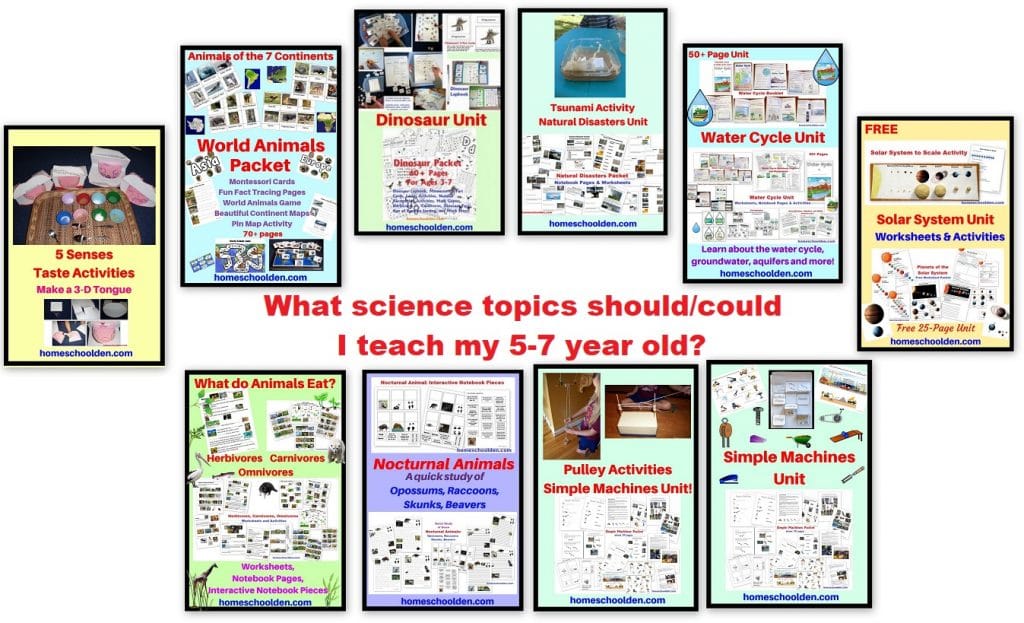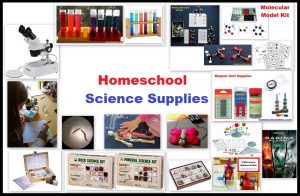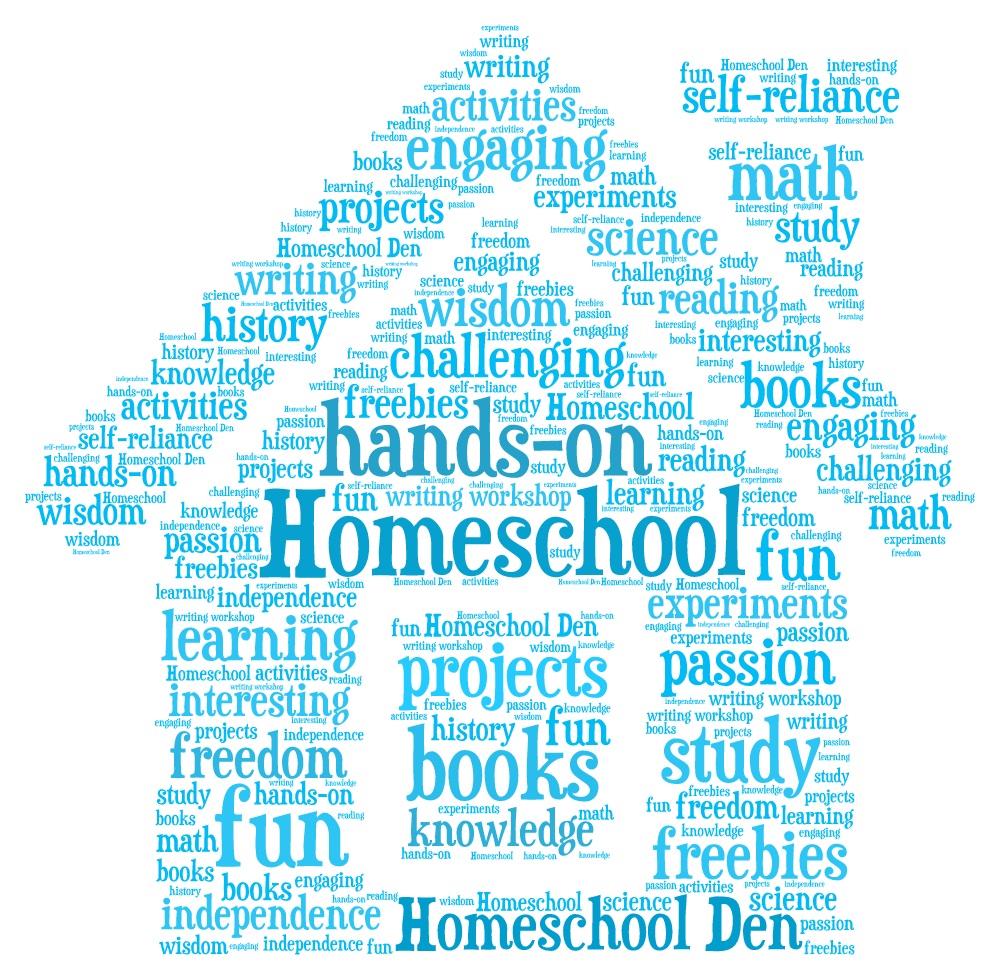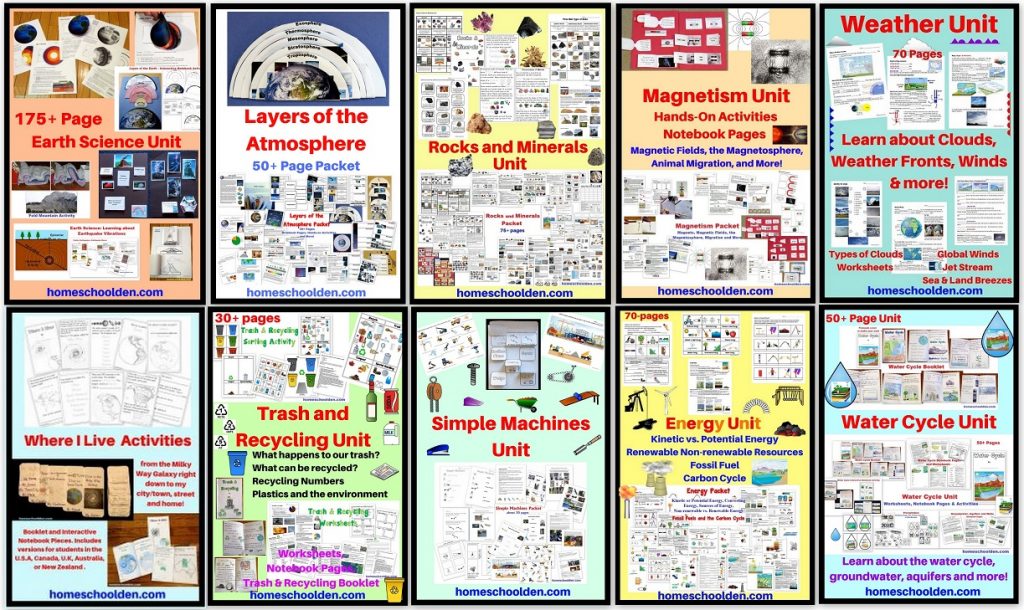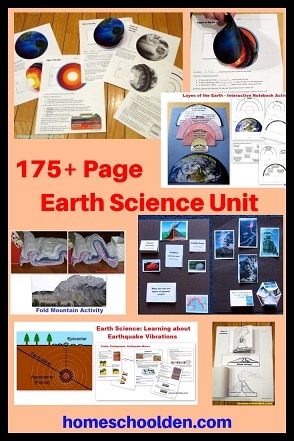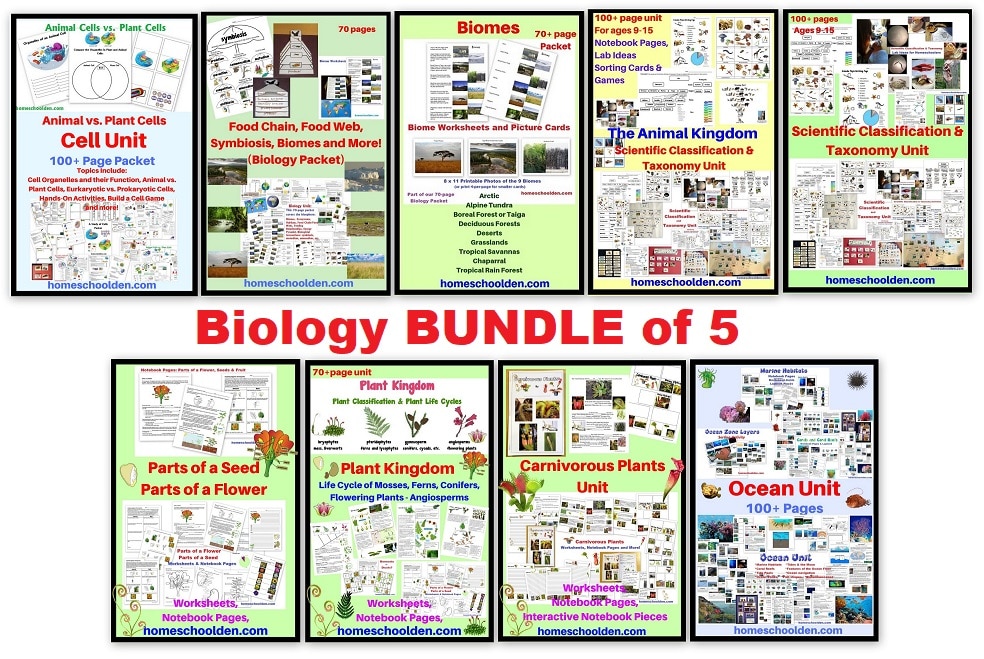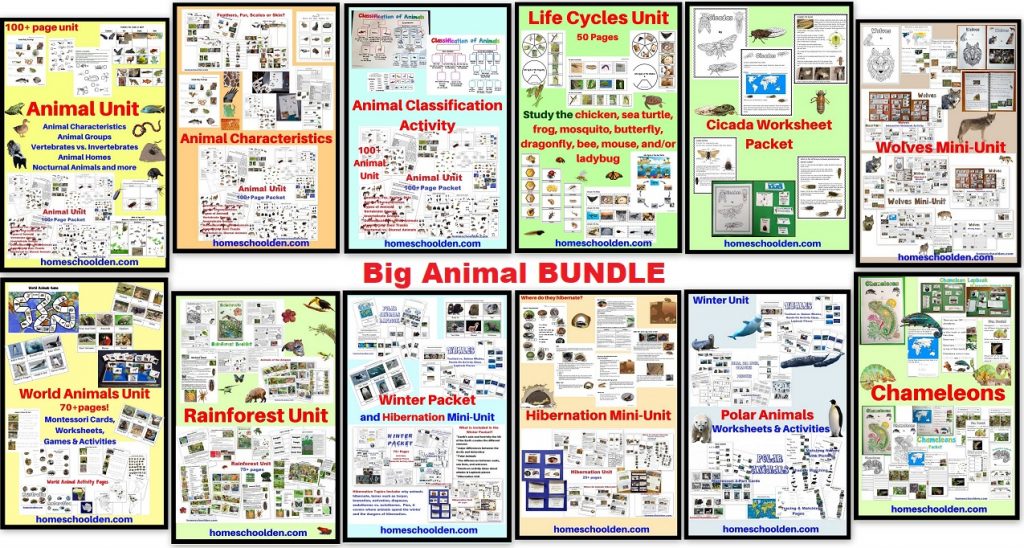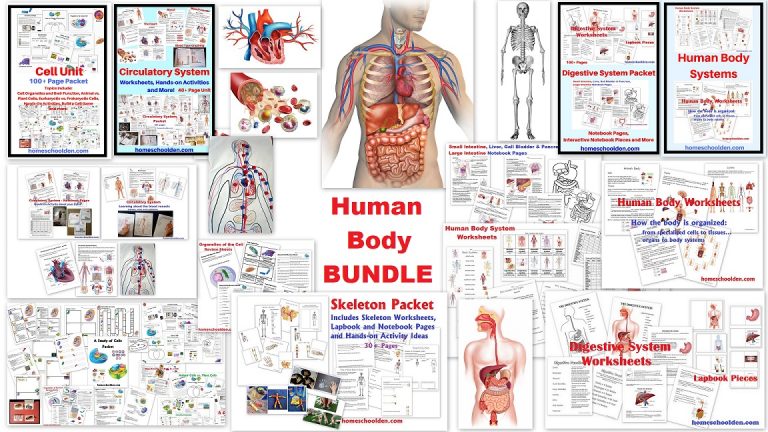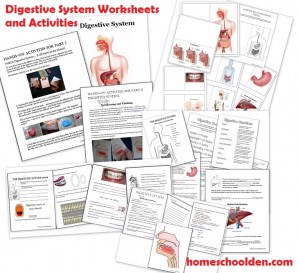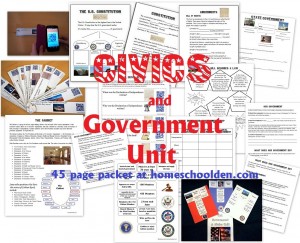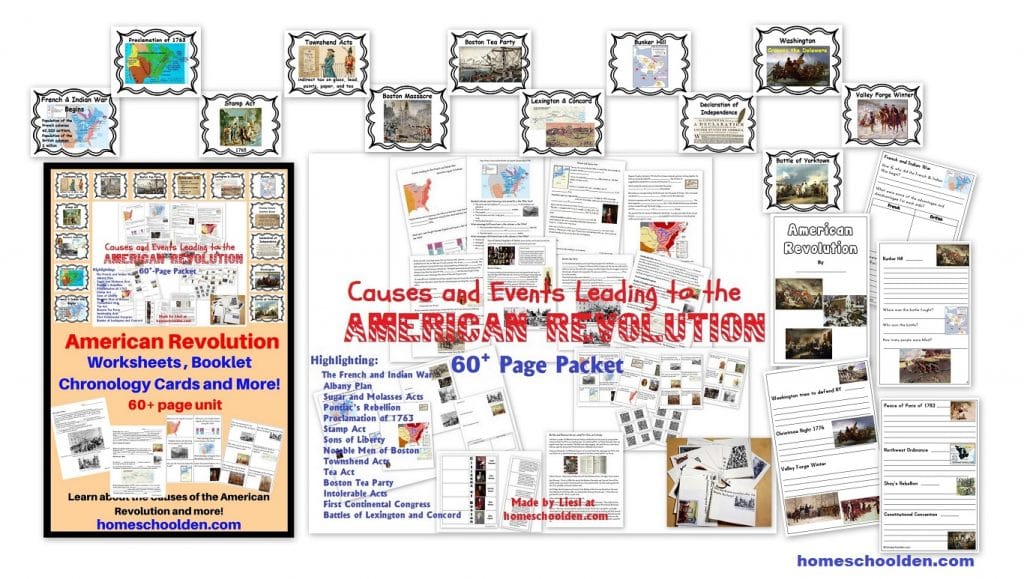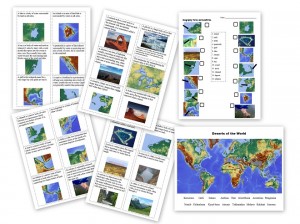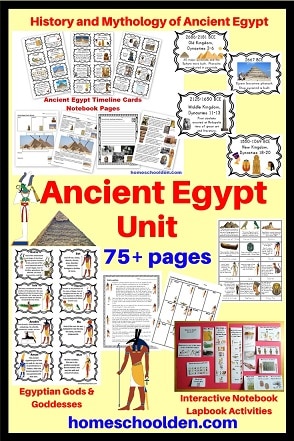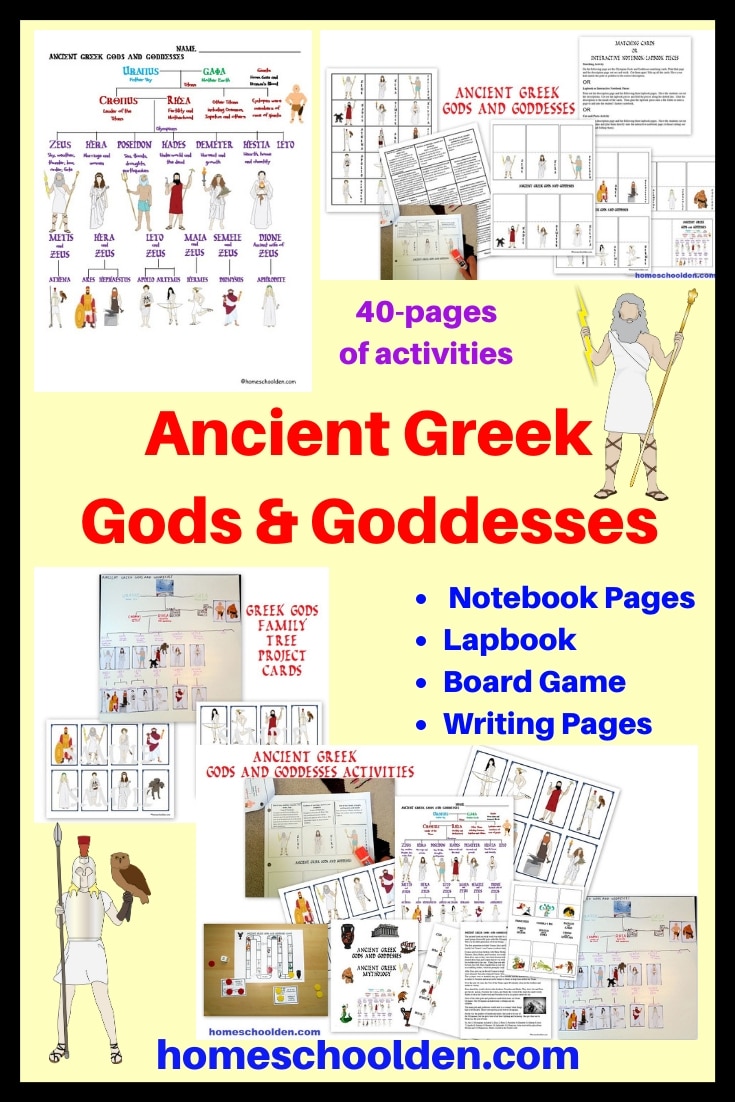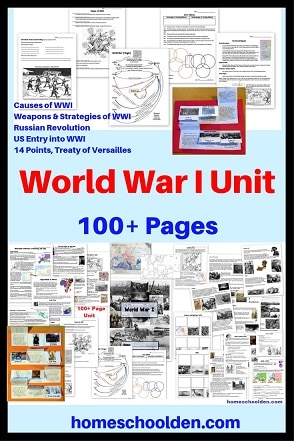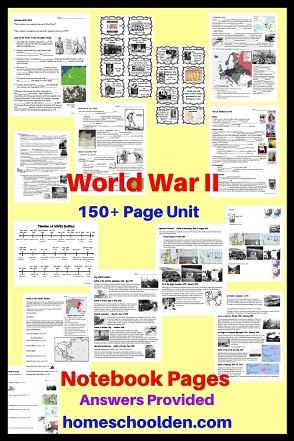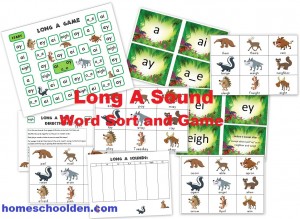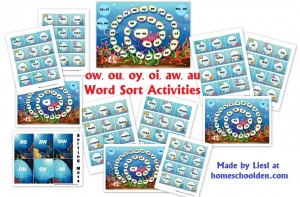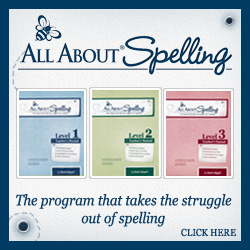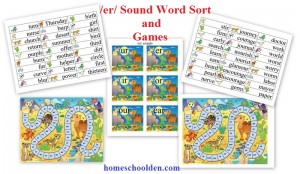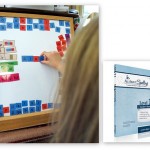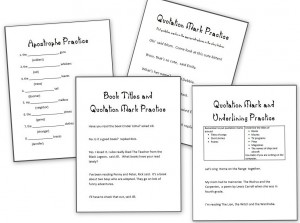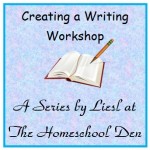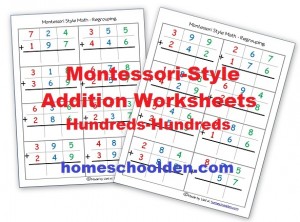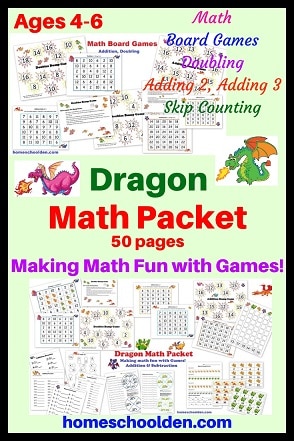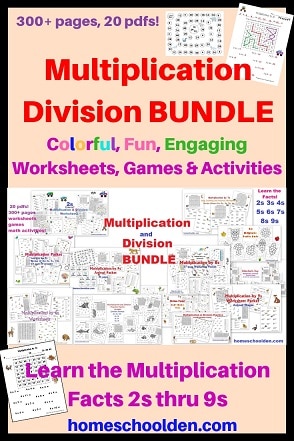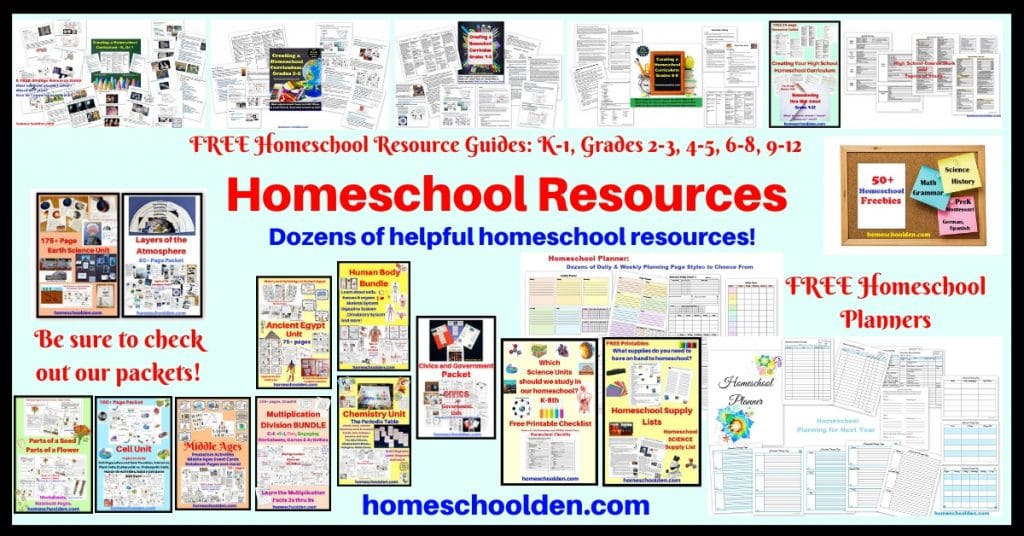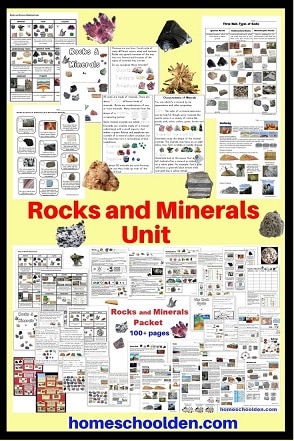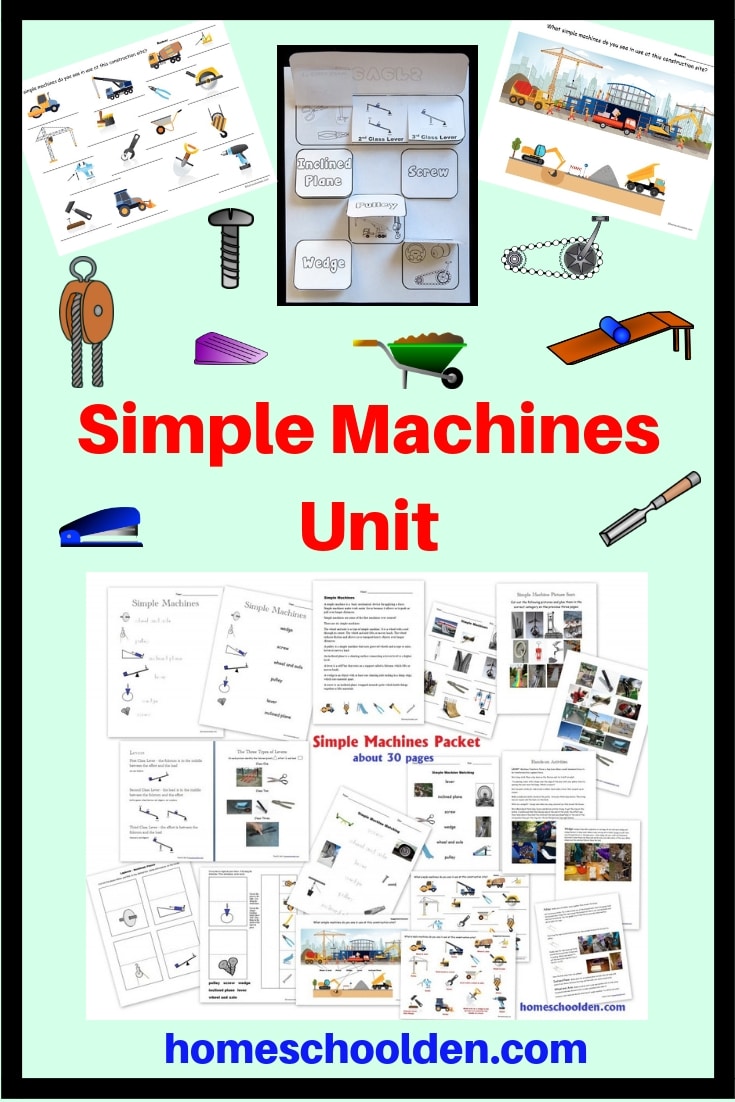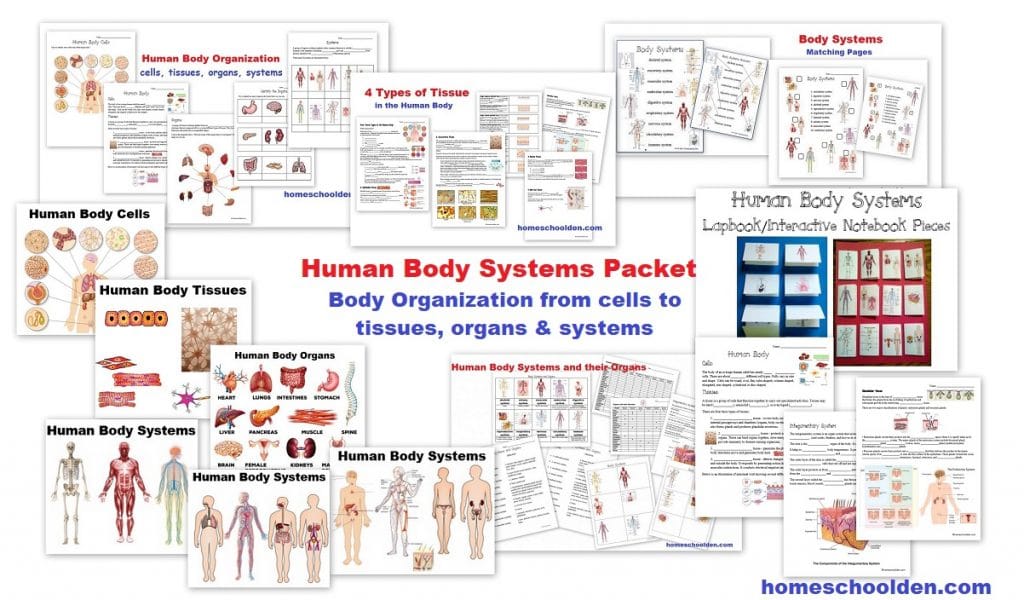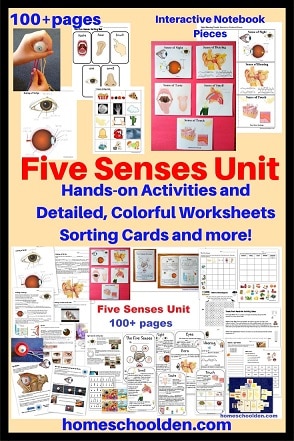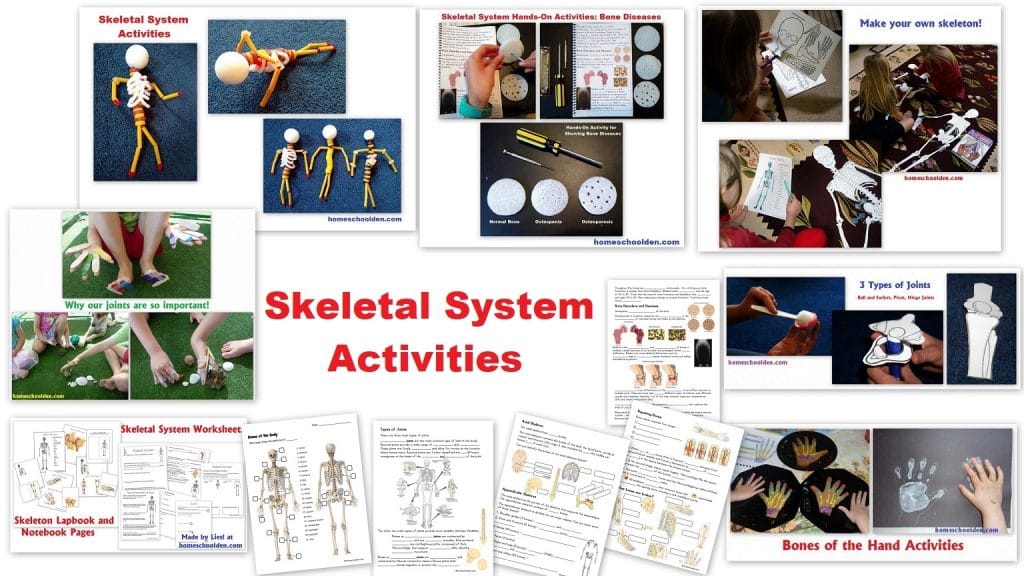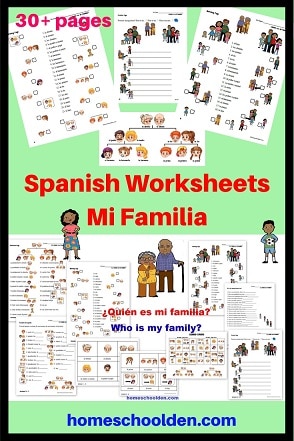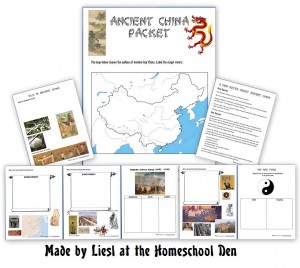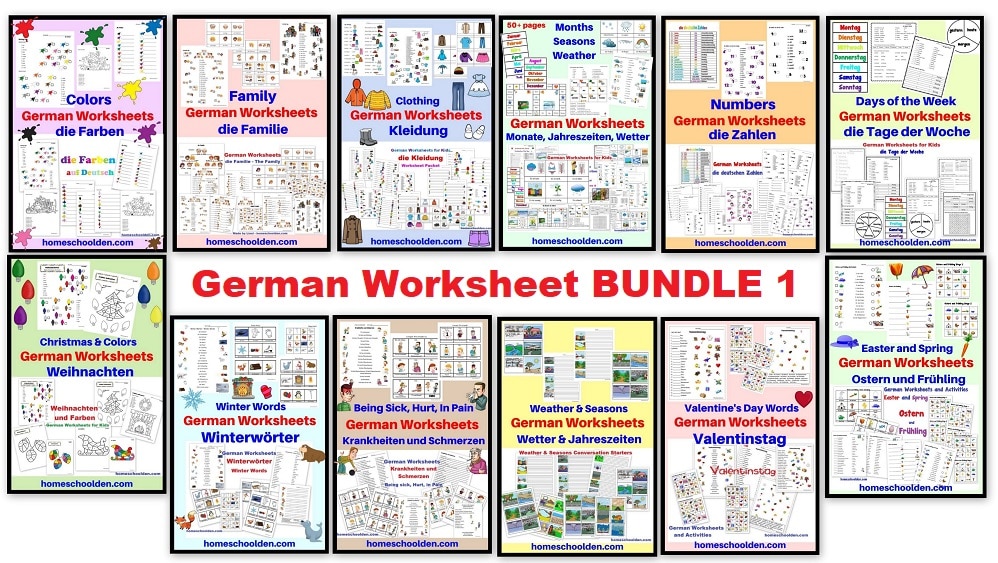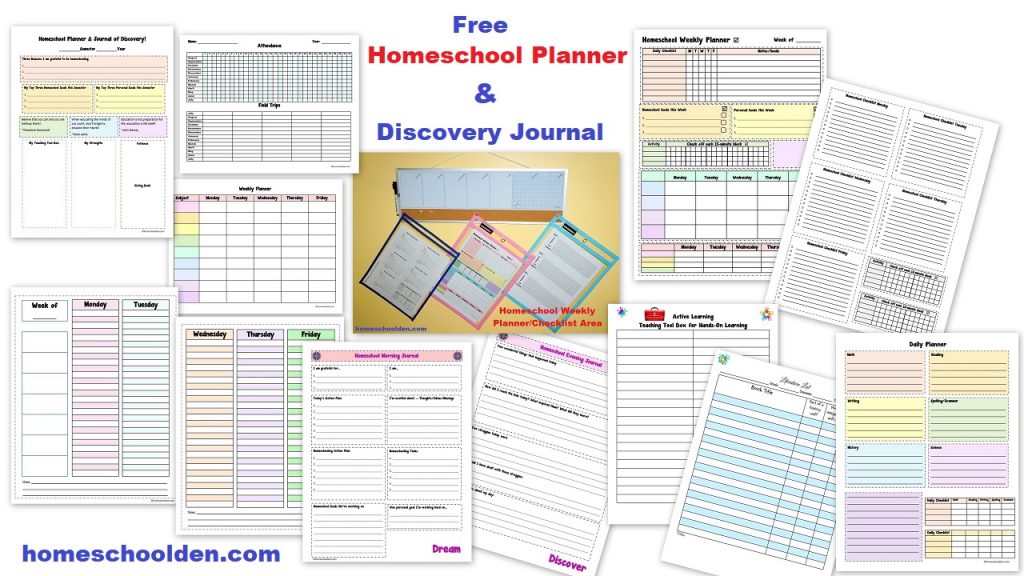Welcome to the Homeschool Den! Check out our latest packets at Our Store (click here!)! New to our website? Click here! Check out our packets and bundles at these pages: Earth and Physical Science Page; Human Body Systems; Zoology/Animal Units; Biology Units; Chemistry Units; History Units; Multiplication/Division 2s thru 12s ; Spelling Games and Activities; Grammar worksheets
World Biomes — Homemade Pin Map
World Biomes Pin Map – Rain Forest, Desert, Savanna, Tundra and More For the map and pieces to this map click the link above!! I was pretty excited with how this turned out! I made this over the Christmas holidays and have been itching to show the kids. What do you think?!! This is the full version, but I’ll be using it piece-meal as we cover a new biome. Again, continue on to this...
Forest Biome (Woodland Animal Habitat)
————– Here’s what we did today with our forest biome study: 1) We sang the continent song and the kids placed the continents in the world map (the world pin map is at the top right almost out of the picture). 2) We talked about the fact that different places in the world have different temperatures and different climates (ie. different biomes). We talked about our own climate (a desert)...
Deciduous Forest — Diaorama Project
This week we’re going to make a diaorama on thedeciduous forest and its animal inhabitants. First wemade deciduous trees. The kids used cut up tissue paperand placed the bits onto contact paper. Then we putgreen paper onto the contact paper and cut out a treeshape. We’ll add a tree trunk later. Our other project today was to make coffee groundsquirrels. The kids decided to use colored sand for thesmaller version...
Squirrel Math Grid Game
DD and I played a squirrel math grid game today. We took turns rolling the dice and gathering acorns for our squirrels. She also quickly did the oak tree life cycle. Both activities were from Prekinders.com (the acorns were from another game I printed out that we’ll play tomorrow, but if you have real acorns nearby that’d certainly be a better option!)
Science Center Monday: Making a Periscope
My son really enjoys spy gear. Making a periscope (whichhe immediately started calling a “spy scope”) was rightup his alley!! Today’s science experiment was very simple and took lessthan 15 minutes. We took a long tubular box, cut a flap onopposite sides and opposite ends of the box, glued a smallmirror to the flap and taped it the flap on the inside of thebox at a 45 degree angle (make...
Science Experiments — Repeating Activities
I wanted the kids to be able to repeat experiments theywere especially interested in. As we’ve done eachexperiment, I’ve written the steps out on index cardsfor LD to follow. After we’ve done the experiment I’veprinted photos of the experiments on card stock andplaced them on a key ring. LD can flip through the stackand choose experiments to repeat (and I have them onfile and easy to access in the coming...
Avoiding the Stress
These days I’ve only been posting about our homeschool activities and really haven’t talked about life in general at all. I think that’s because I’m avoiding the major things and enjoying the little things. You see, we’ve been here a long time (12 years) and are going to be moving. We don’t know where (away from Australia at any rate), though we do know when (probably in about five months). ...
Ancient Greece Unit — Read Aloud Books for Ages 3-6
Here are the books we’ve been reading aloud for our Ancient Greece Unit. Aliki’s book, The Gods and Goddesses of Olympus (affiliate link) has beautiful illustrations and the stories about the gods and goddesses are engaging. I really recommend that one! We really, really like the First Greek Myths series by Saviour Pirotta. We continually check them out of the library!! They are all good. We’ve read Perseus and the Monstrous Medusa, Odysseus and the Wooden...
Woodland Animals — free three part cards
We’re going to be starting our new unit on biomes/animal habitats and will be learning about forests this next week. It just so happens that there are some beautiful 3-part Montessori cards free for a few days at the Montessori Print Shop that will work in nicely with our studies. I can’t post a picture today of these lovely woodland animal cards, but animals include the skunk, bear, deer, rabbit...
Spaghetti – Yarn Art
Here’s the finished product of the kids’ arts-and-craftsproject last week. It took two days to dry thoroughly. This was a really good project even for ED (age 2) whocould pretty much do it on her own as long as I remindedher of the steps along the way: Put the spaghetti (or yarn) in the glueStir, stir, stirDump it on your plate
Check out the Giant Crystal Caves
The picture above is a rock called Gypsum. When wewere in Coober Pedy (known for its opal mining), we wentnoodling (looking around the piles of dirt brought outfrom the mines) for opal. We didn’t find much opal, butwe did find some beautiful crystal rocks called gypsum.It breaks easily into fine, needle-like strands.
The biggest crystals in the world
I’ve included a picture with ED’s tiny hand. Now want to see something astounding? Check out this website: http://www.ironammonite.com/2009/12/surviving-cueva-de-los-cristales-giant.html In a cave in Mexico where the temperatures soar to 50 Celsius/122 Fahrenheit, there are gypsum crystals that make a grown man look like ED’s small fingernails! You can also check out the National Geographic website: http://ngm.nationalgeographic.com/2008/11/crystal-giants/crystals-photography I found even the story of how they entered the cave (without perishing) and...
Making ancient Greek “hoplons”
The ancient Greek foot soldiers were called hoplites. Thisword comes from “hoplon,” the shield each had to carry.Each hoplite provided his own armor. The shield was madeof bronze and leather. Each hoplite could choose thedecoration on his shield and often used a symbol ofhis family or city. The shield was very important, so much so that in Spartait was against the law for a hoplite to leave his shieldbehind in...

